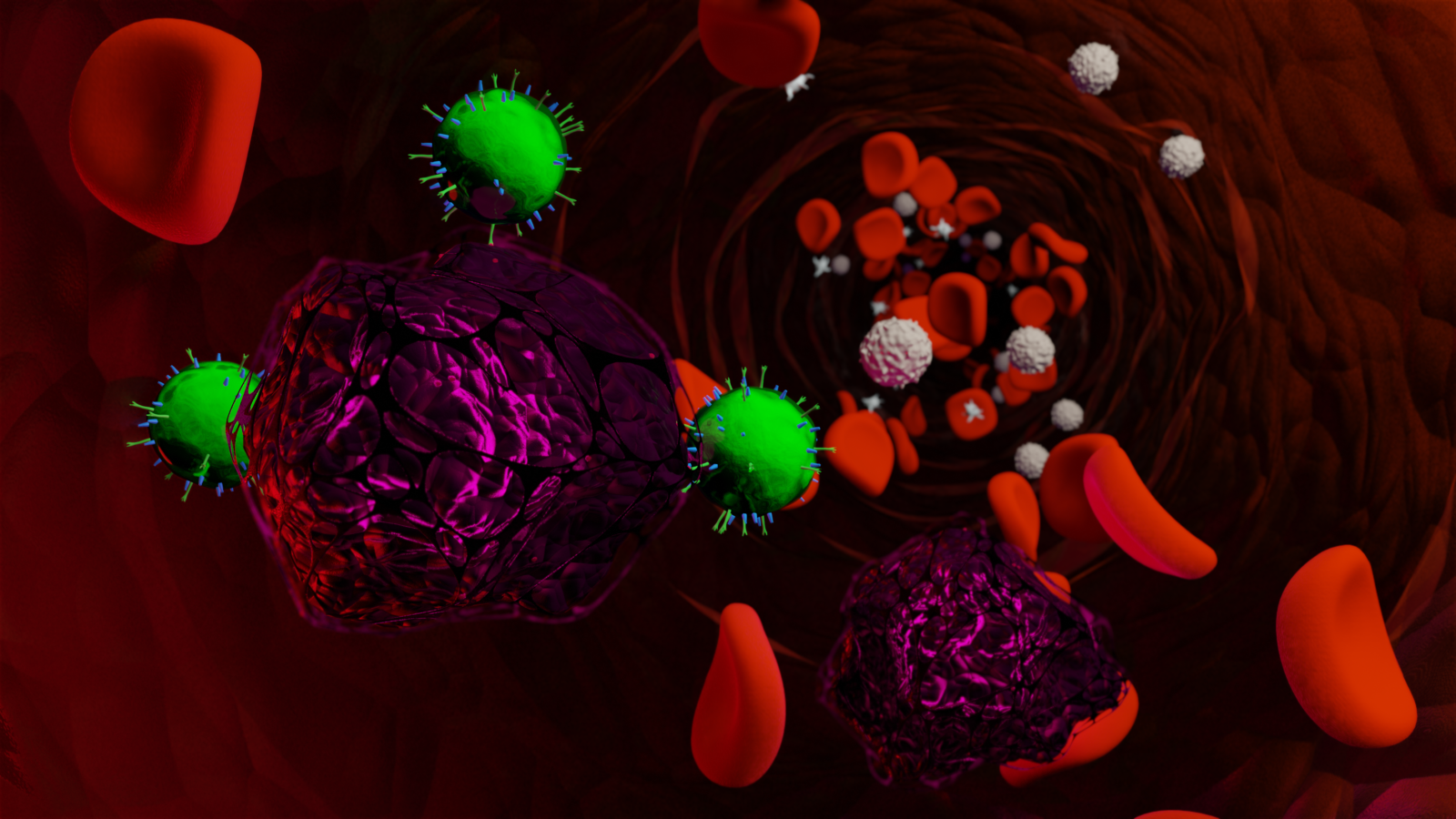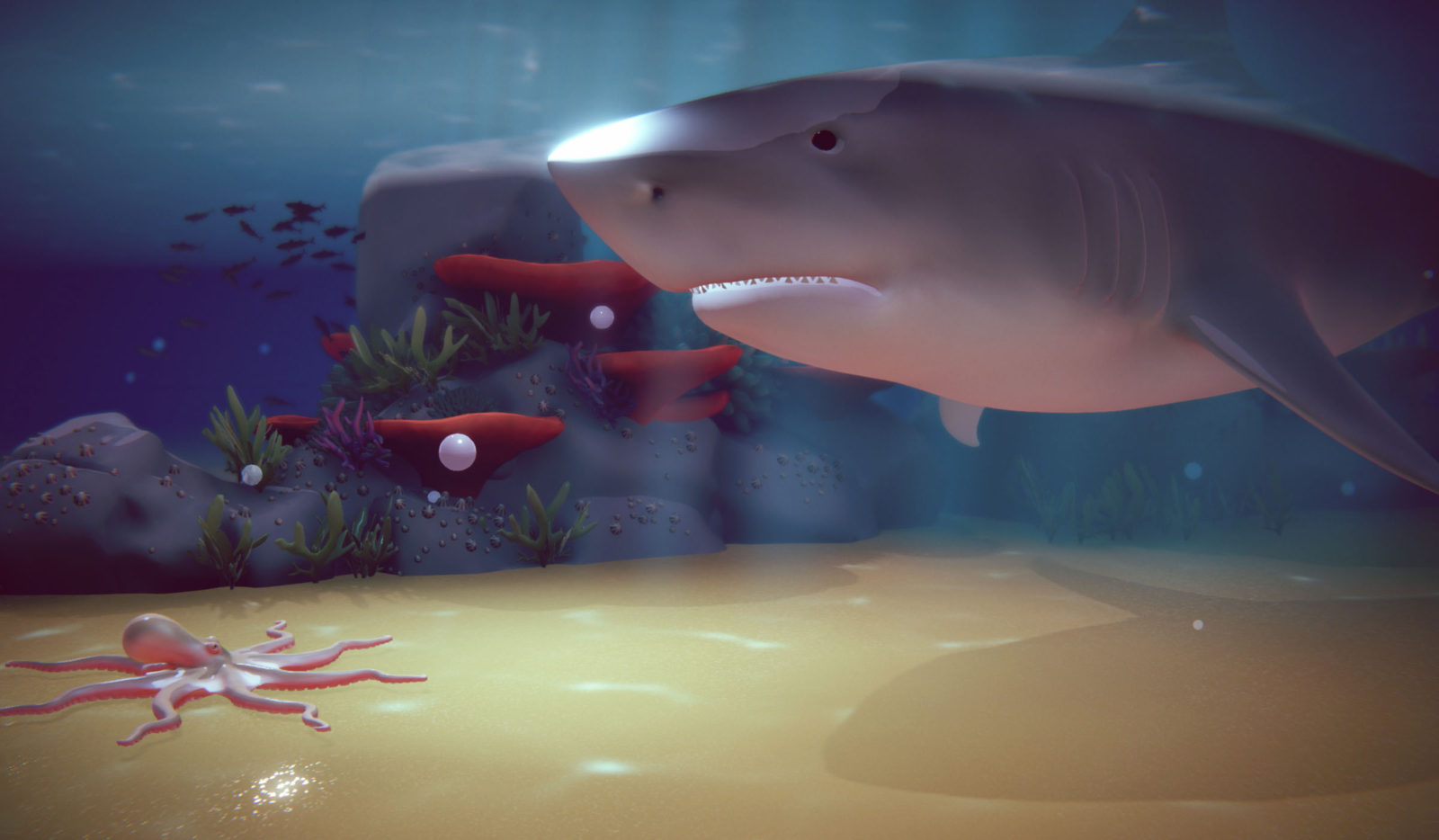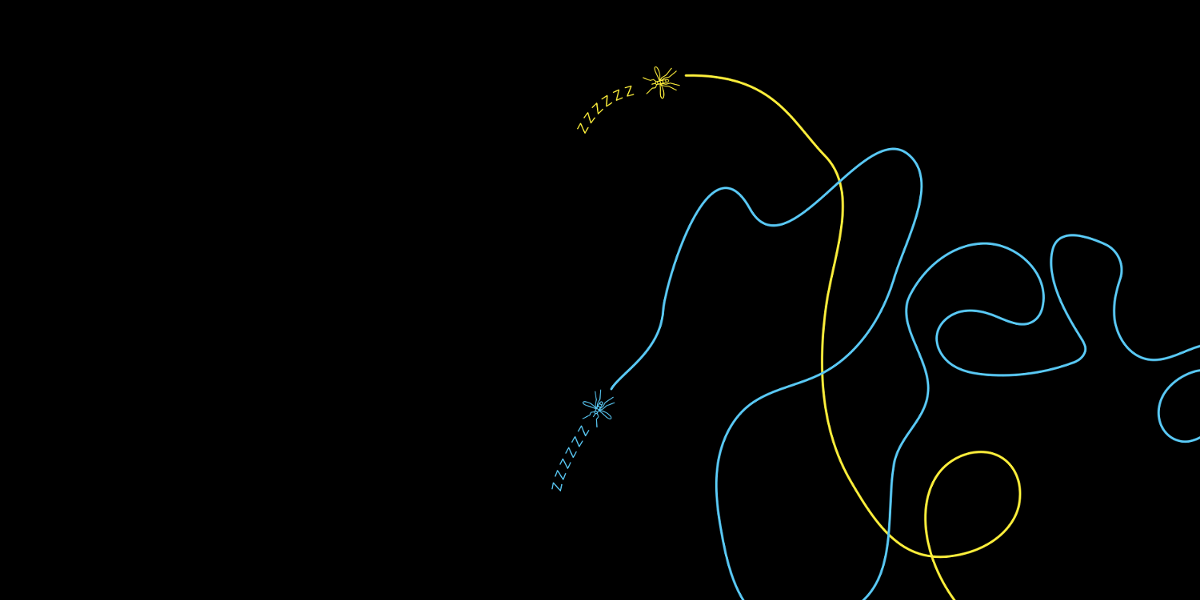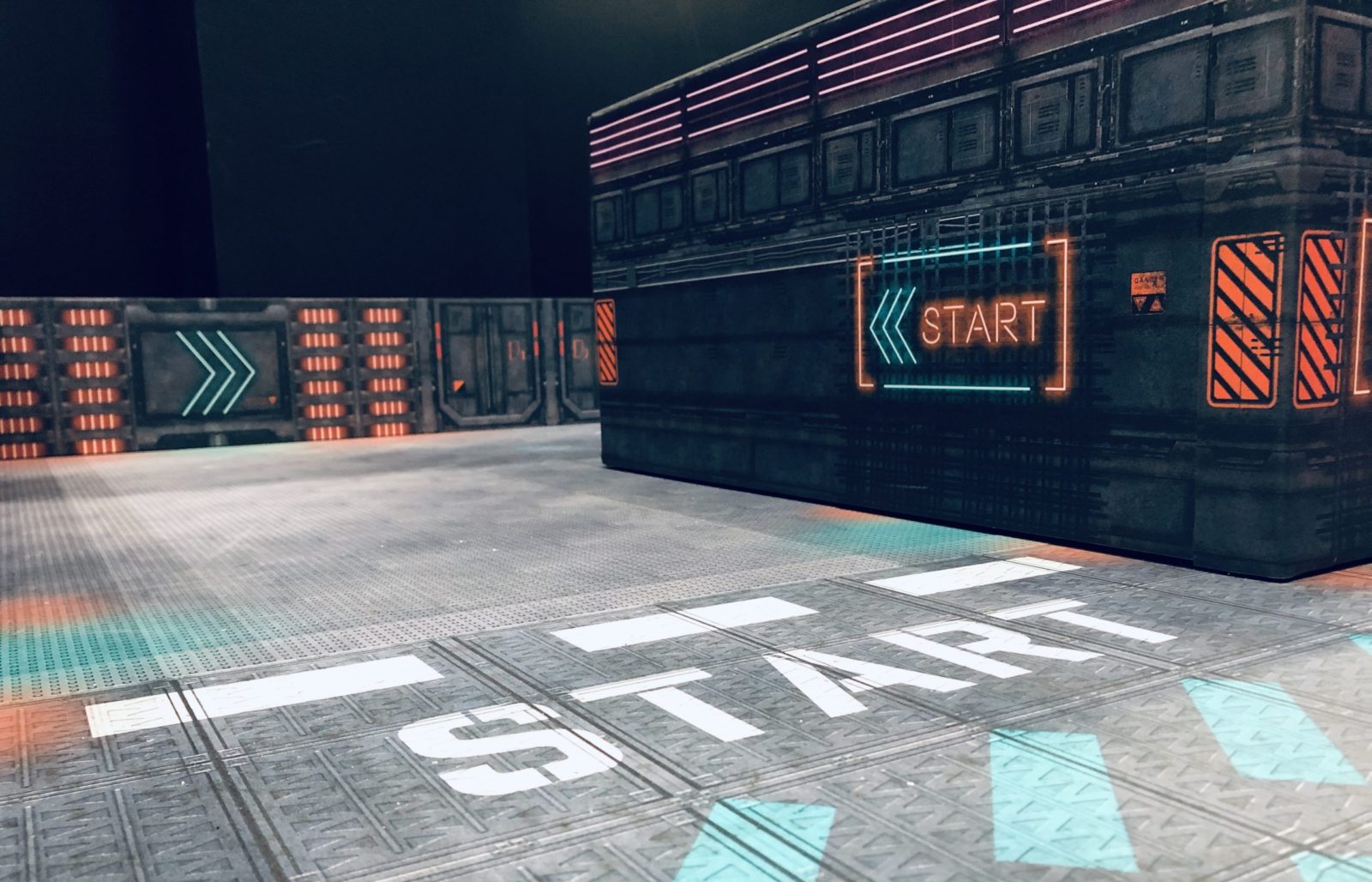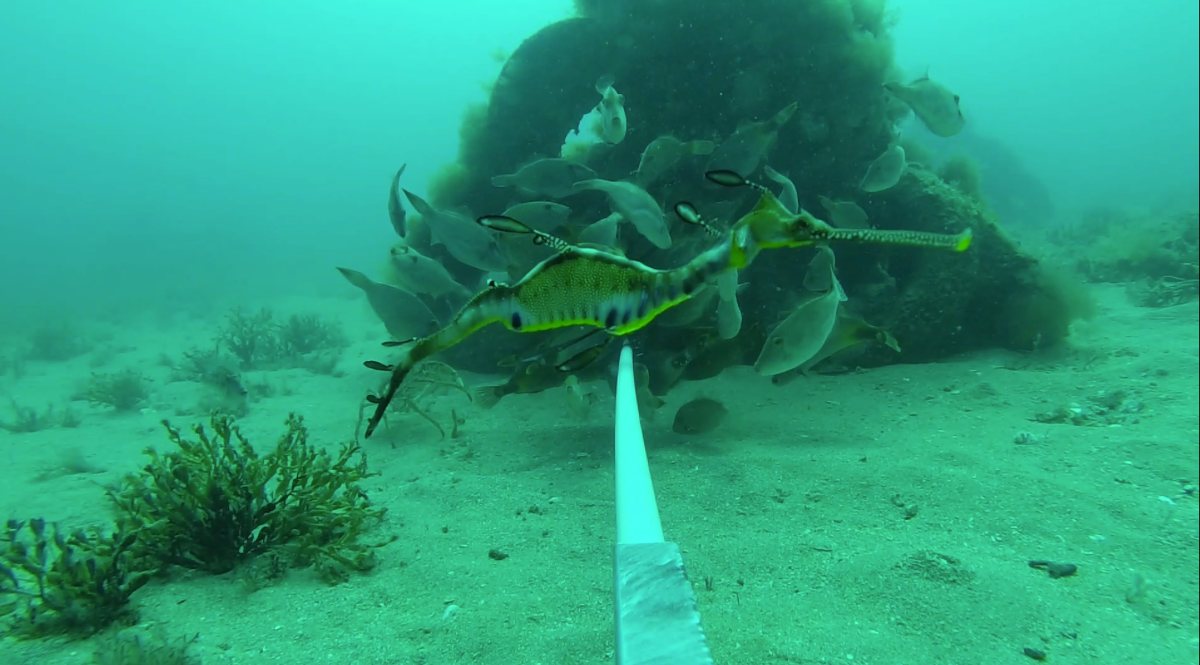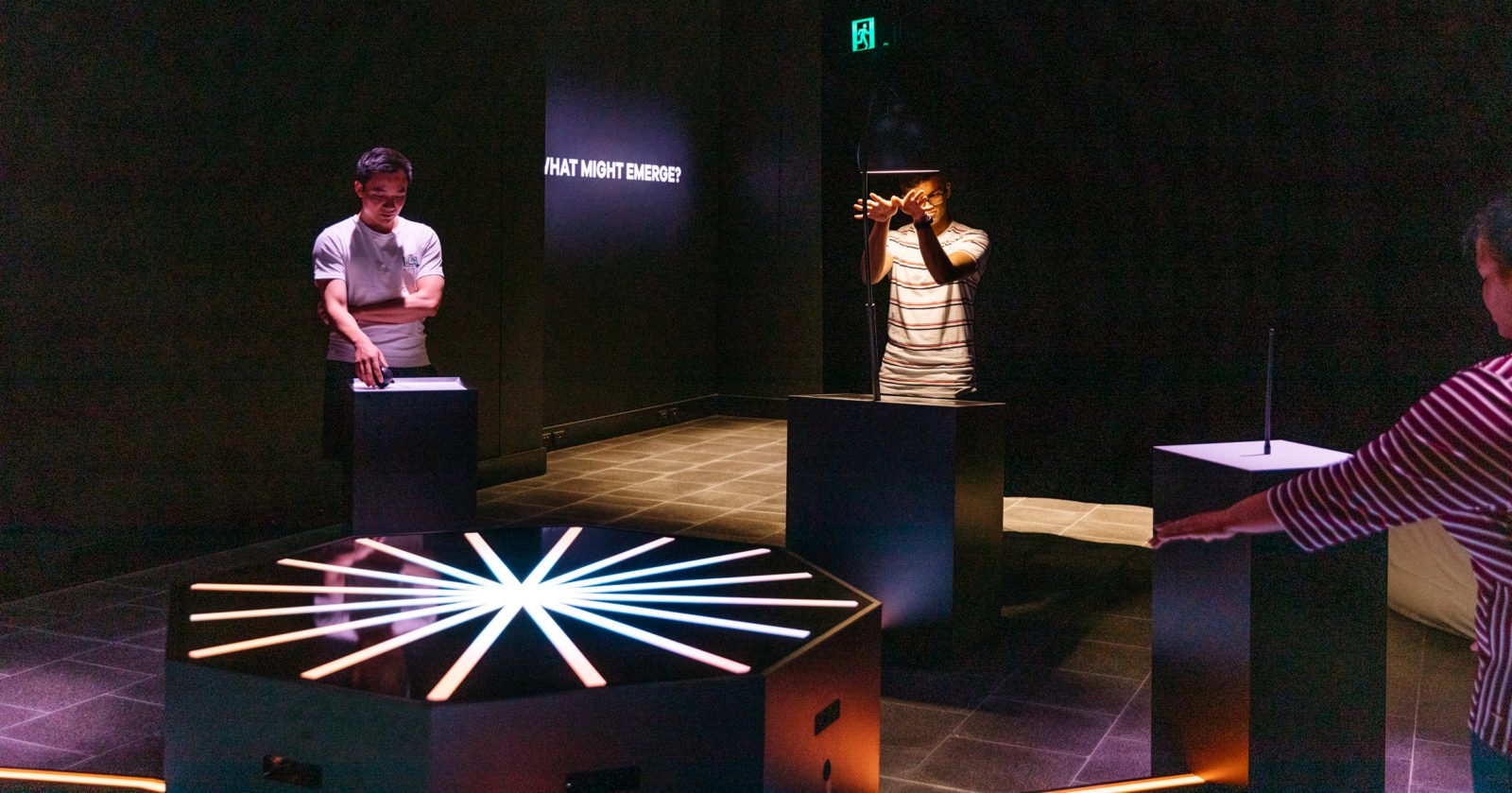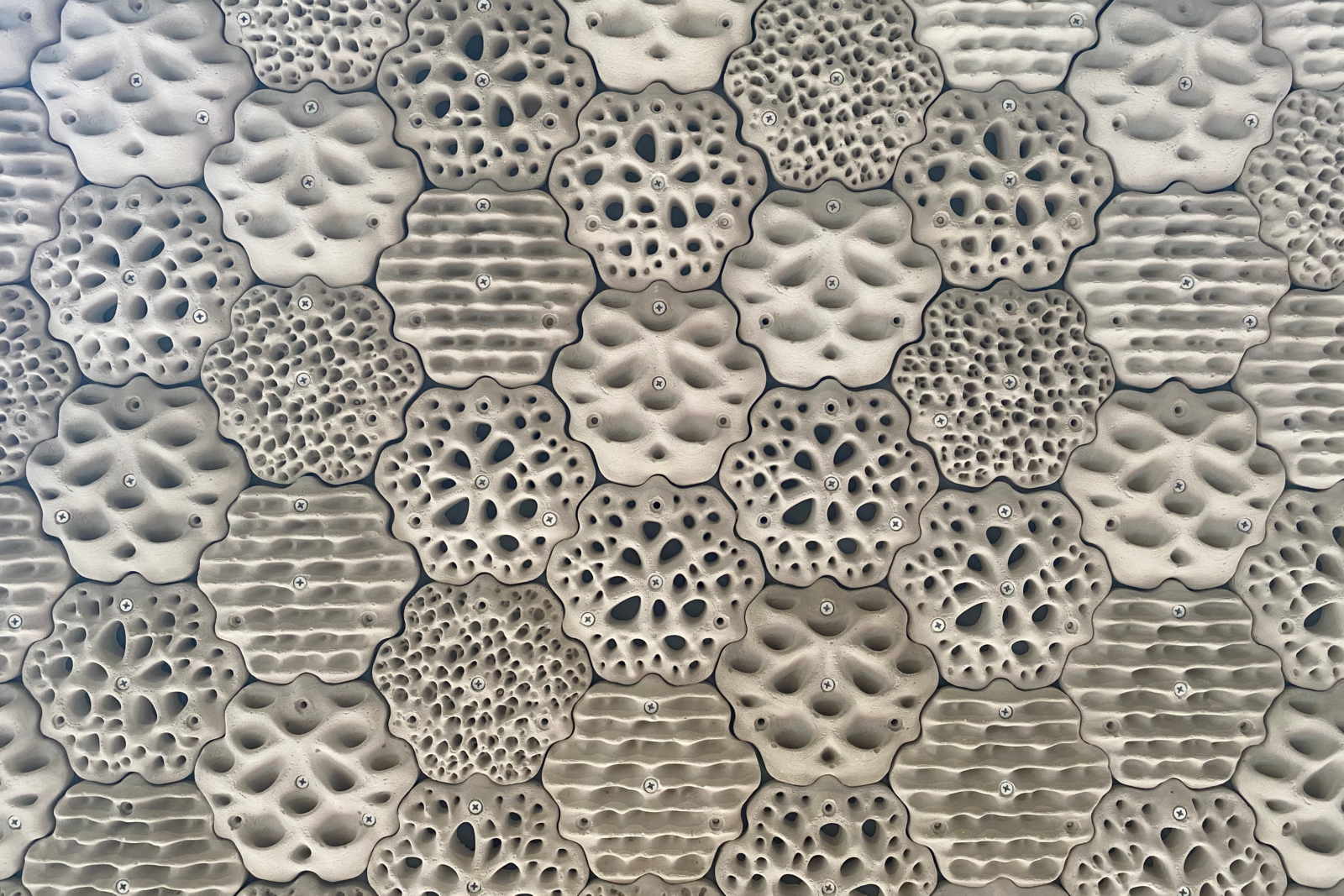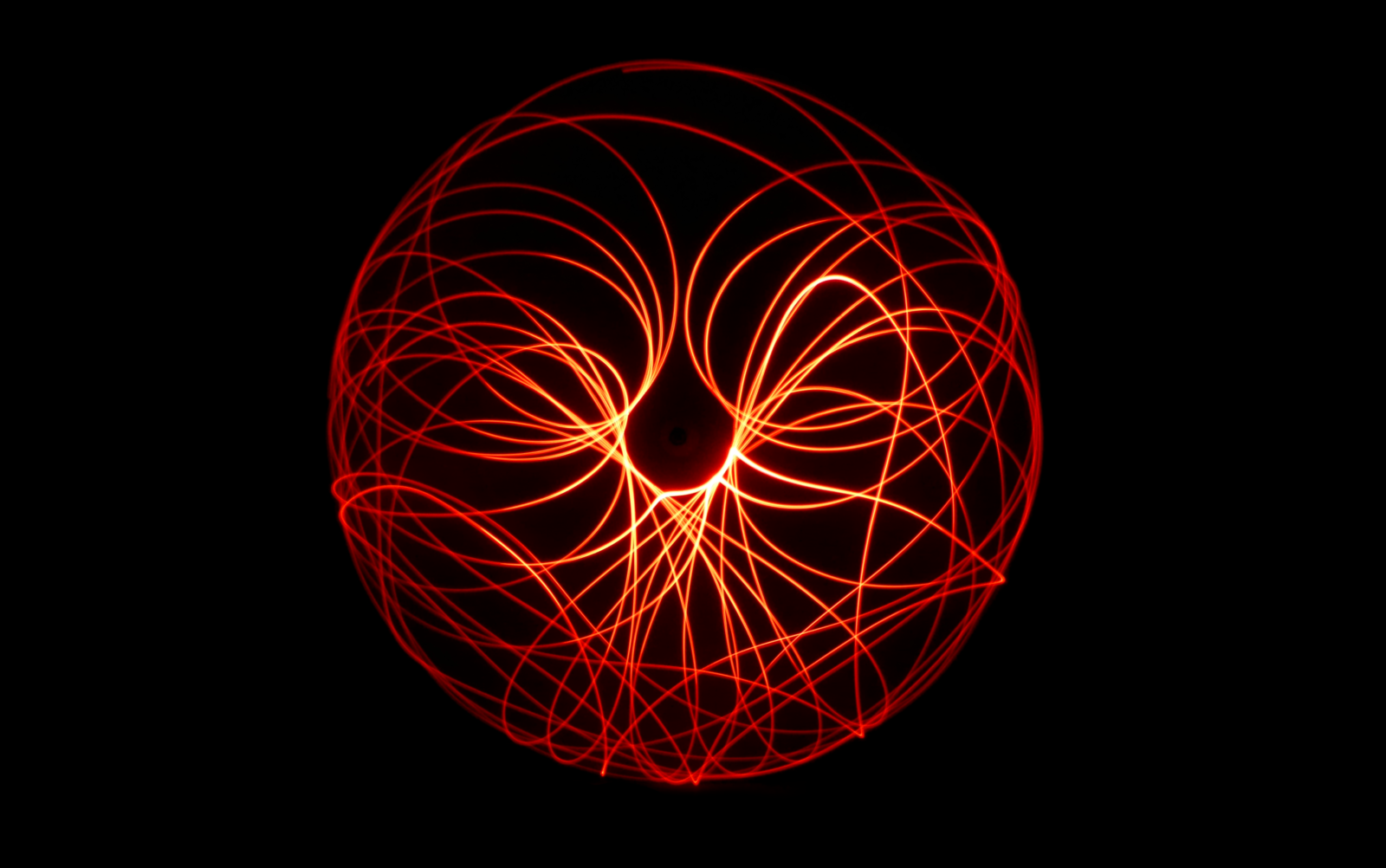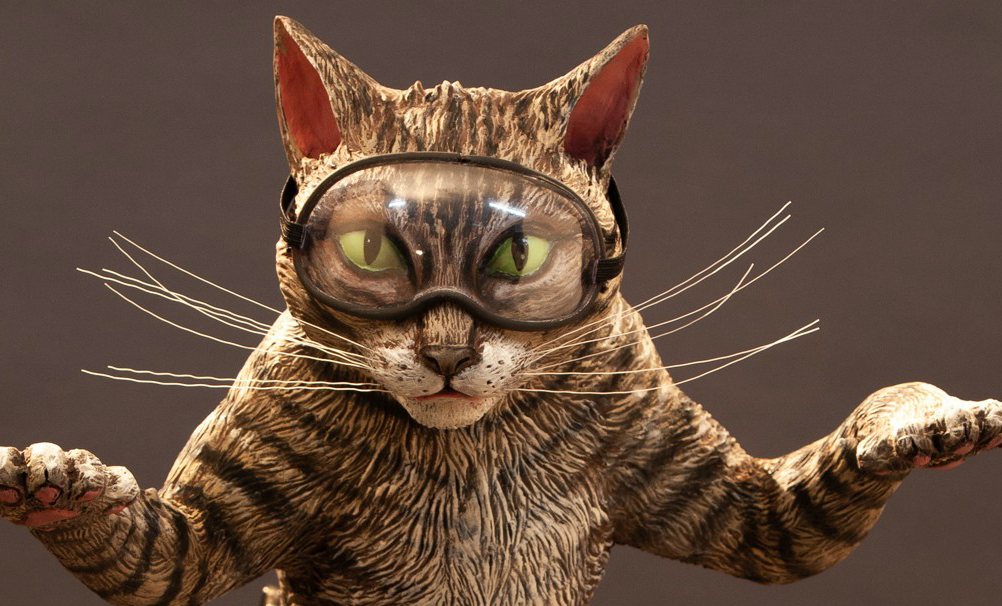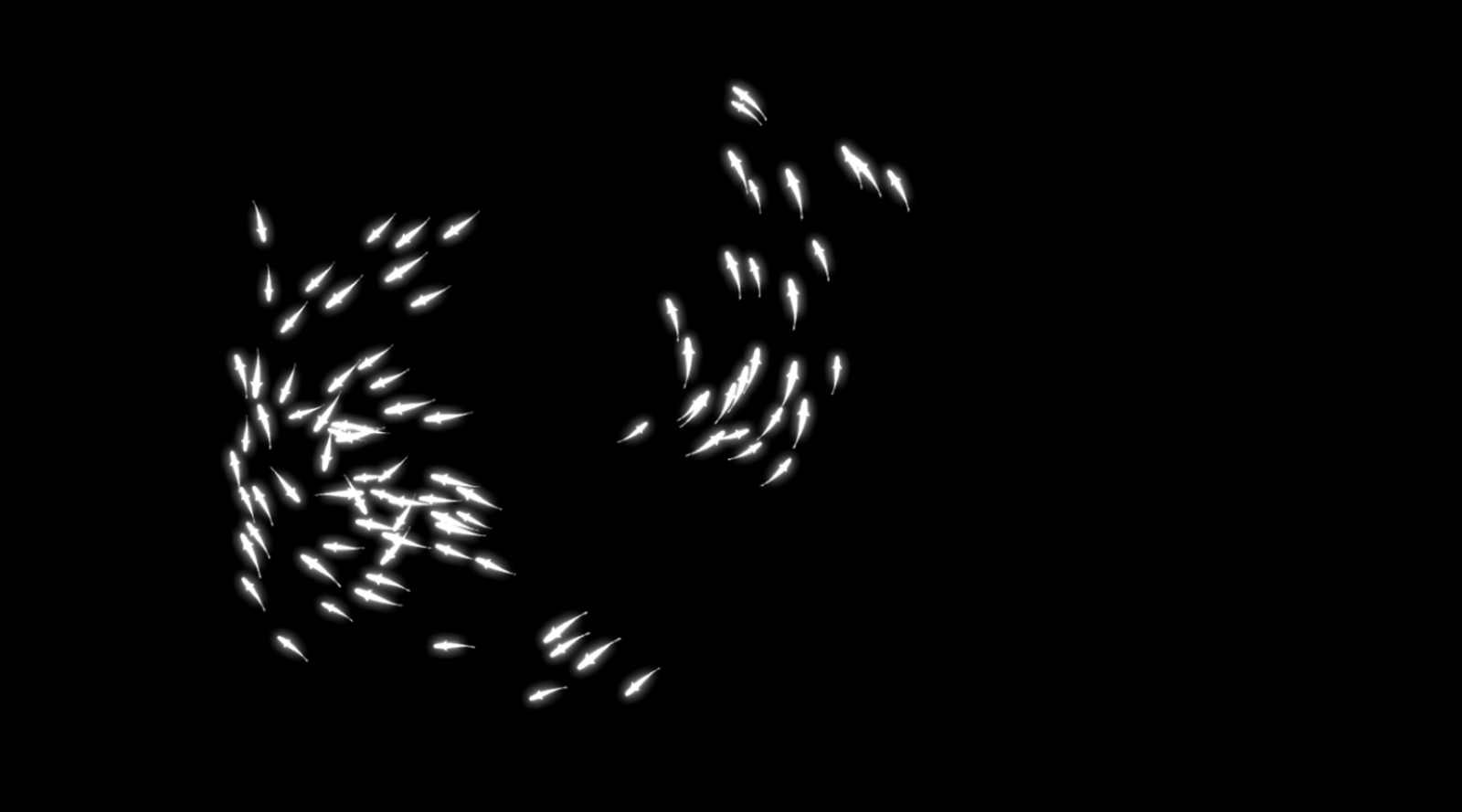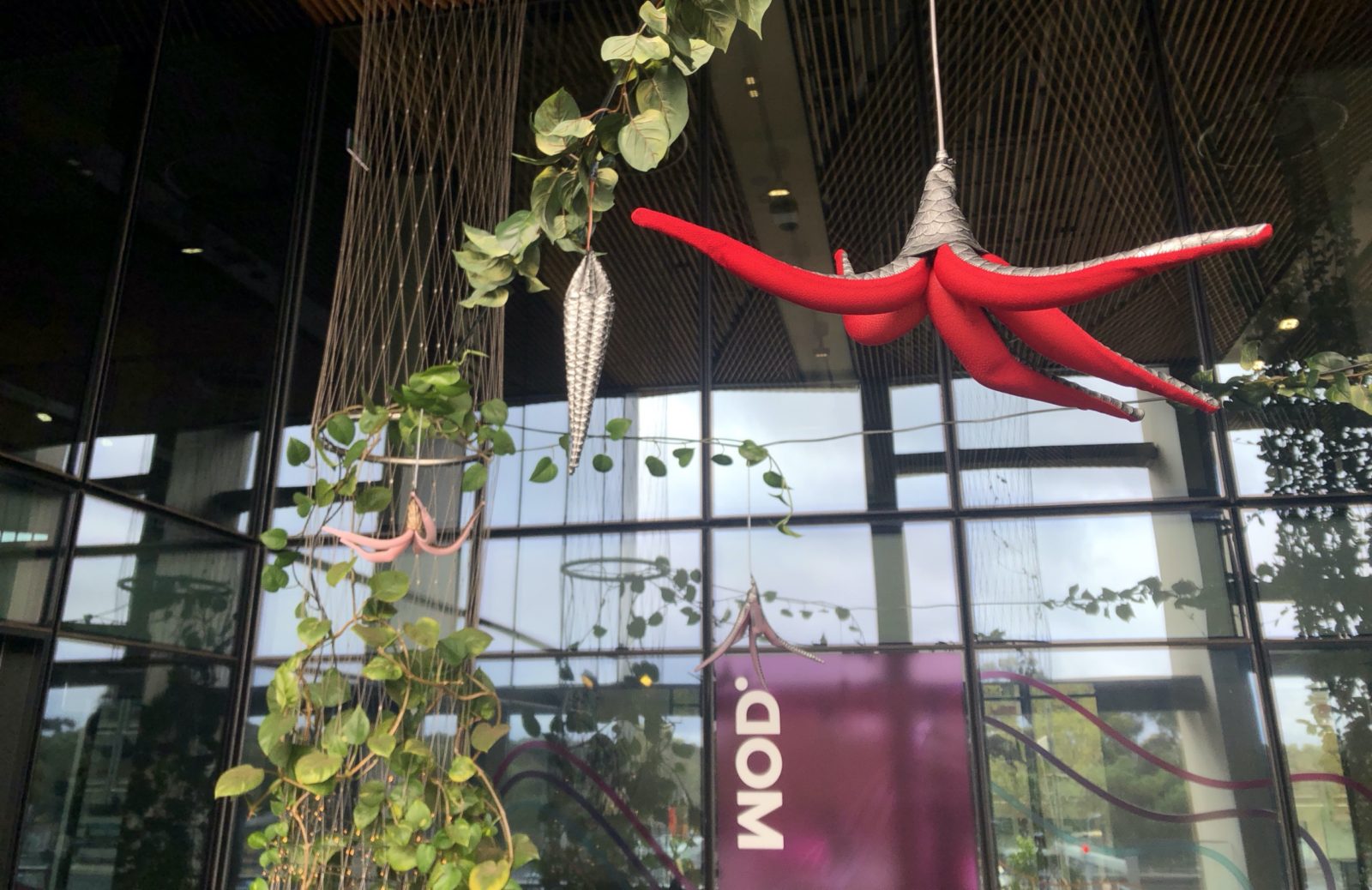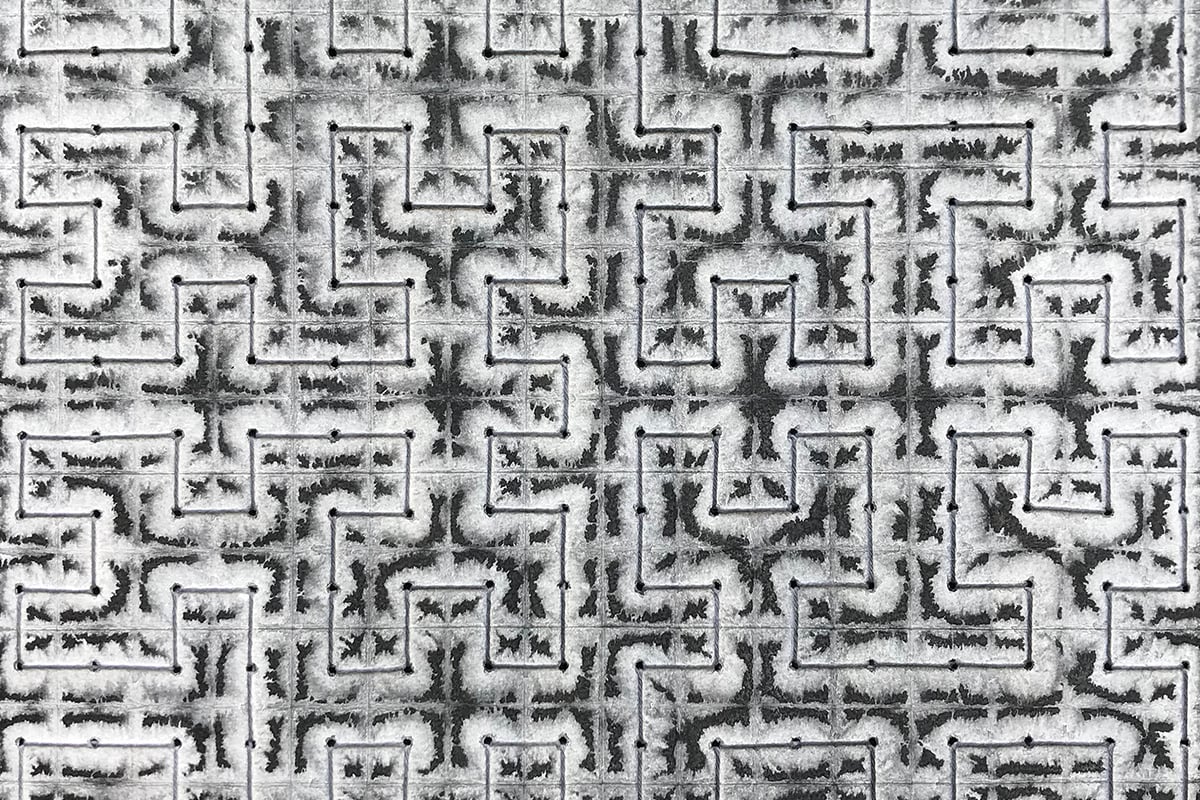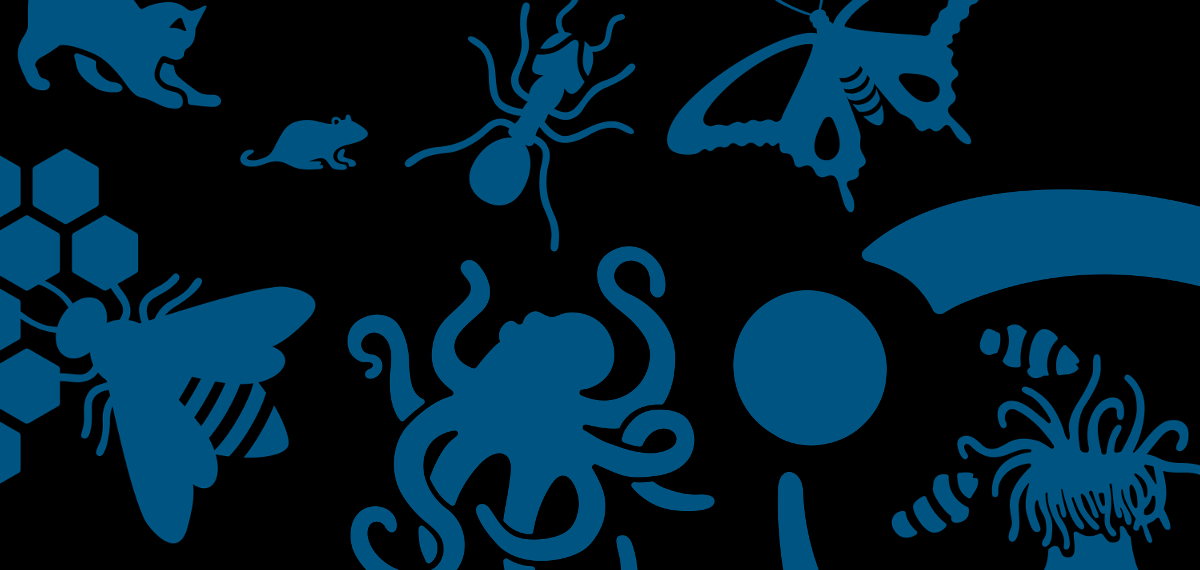
Exhibit Details
Open FebNov 2021
Ground LevelLecture Gallery
Complex systems change over time, sometimes dramatically, and can lead to something entirely new and different.
There are a number of ways to describe the behaviours of complex systems, using principles like non-linearity and adaptation. We have highlighted seven important principles with seven eye-catching icons. Read on.
-
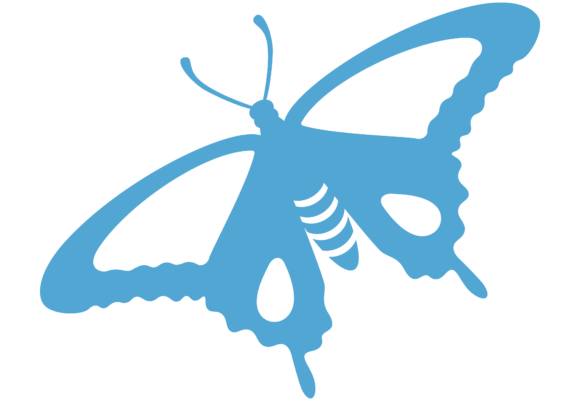
Non-linearity
Changes to one part of a complex system can lead to dramatically different changes in other parts.
The butterfly effect refers to the metaphor of a tornado being influenced by minor inputs such as a distant butterfly flapping its wings several weeks earlier.
-
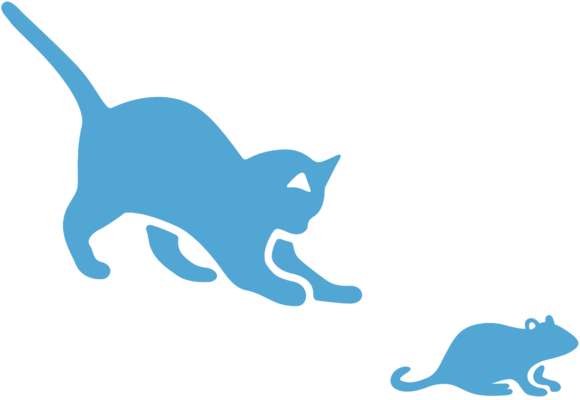
Criticality
When a complex system reaches a tipping point, its state can change dramatically.
Dramatic population changes, such as an outbreak of plague-carrying rats, can result from a complex system reaching a critical tipping point.
-
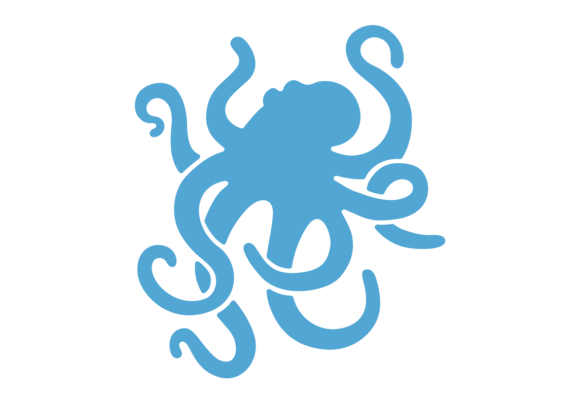
Adaptation
Complex systems change to better suit the environment.
Octopus are excellent examples of adaptation, using remarkable intelligence, sight and camouflage to outsmart predators and prey.
-
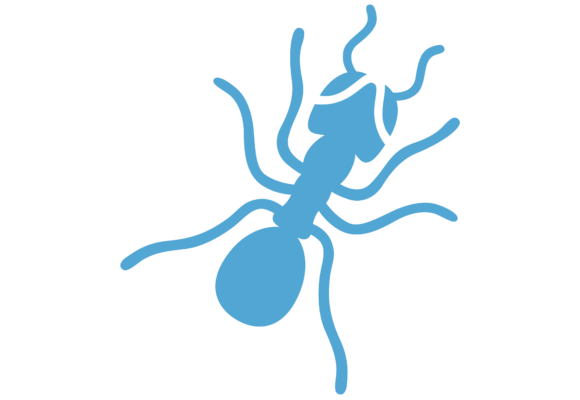
Emergence
Interactions between single parts of a complex system produce actions not able to occur by single parts alone.
Ants are autonomous units that react to, and communicate using, chemical stimuli. Despite a lack of centralised direction, ant colonies exhibit complex behaviour.
-

Feedback
A process in which the outputs of a complex system are circled back and used as inputs.
In relationships between units (dots) within a system, outputs (lines) from one unit can feed back into itself as inputs.
-
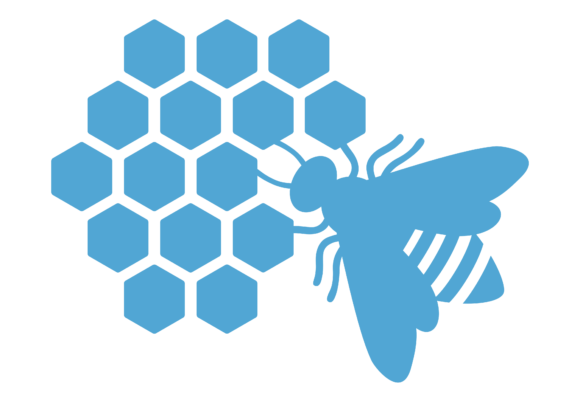
Self-organisation
Complex systems follow simple rules to reach more optimal or stable states.
Bees behave according to social rules where individuals organise themselves into colonies to care for close relatives.
-
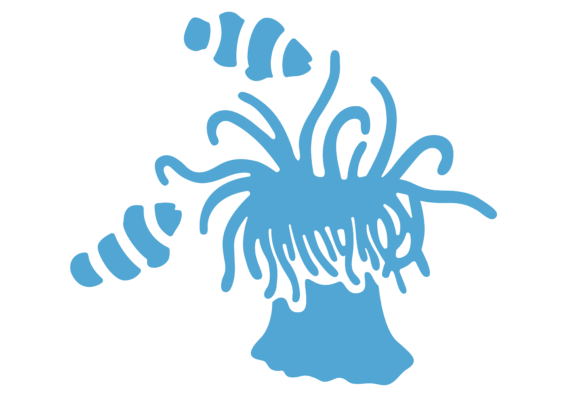
Co-evolution
As species interact in a complex system, they evolve in response to each other.
Clown fish have evolved resistance to the nematocysts and toxins of their symbiotic hosts, sea anemones.
Credits
- Leah Nolan Design

